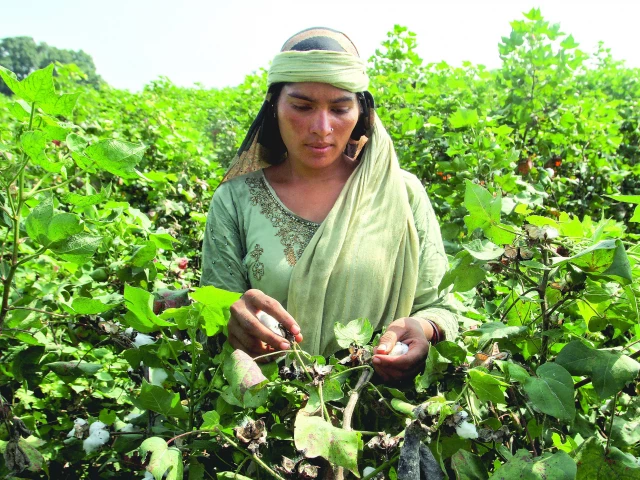The Impact of Floods on Pakistan’s Economy: A Closer Look
The recent floods in Pakistan have dealt a heavy blow, not just to rural areas but also to critical industrial centers. It’s a stark reminder of how unpredictable weather can upend progress. For decades, Pakistan has faced challenges from natural disasters, but this year’s deluge is particularly severe. Billions of dollars in damage loom large, while food supplies and exports teeter on the edge of crisis.
Just a few months ago, optimism filled the air. The government projected a 4.2% economic growth by 2026, fueled by a hoped-for rebound in agriculture and manufacturing, especially following a $7 billion bailout from the International Monetary Fund. But nature had other plans. Record-breaking monsoon rains since June, combined with water releases from Indian dams, have submerged vast areas, mostly in the key provinces of Punjab and Sindh.
The scale of destruction is alarming. Reports indicate that approximately 220,000 hectares of rice fields are underwater, with millions of acres of farmland affected. Khalid Bath, chairman of the Pakistan Farmers Association, reports staggering losses—up to 50% of rice and 60% of cotton and maize crops are damaged. Iqrar Ahmad Khan, a former vice chancellor of the University of Agriculture Faisalabad, estimates that a tenth of the country’s crops have been destroyed. This is unprecedented in recent times.
As farmers prepare to sow wheat—a staple that accounts for half of the country’s caloric intake—the timing couldn’t be worse. Fields are still submerged in mud and silt, raising concerns about food security. While national reserves from a robust 2024 harvest provide some cushion, the prospect of higher food prices and increased scarcity looms large.
The industrial sector isn’t spared, either. In Sialkot, a major hub for textiles and exports, many workshops remain cut off due to floodwaters, posing further challenges to an already struggling economy. With cotton shortfalls anticipated, textile manufacturers are bracing for a ripple effect that could undermine Pakistan’s position in the global market.
Despite the challenges, there’s an enduring spirit among farmers and industrialists alike. Stories of resilience emerge, but the urgent need for support and strategic recovery plans is more pressing than ever. It’s a pivotal moment that calls for collective action to safeguard livelihoods and ensure that Pakistan can weather this storm.
In the end, it’s not just about overcoming these hurdles but also about looking forward with hope and determination. For those interested in staying updated on agricultural and economic developments in Pakistan, or who want to connect for more discussions on these pressing issues, platforms like Pro21st offer valuable insights and engagement opportunities. Let’s work together toward a brighter, more resilient future.
At Pro21st, we believe in sharing updates that matter.
Stay connected for more real conversations, fresh insights, and 21st-century perspectives.





